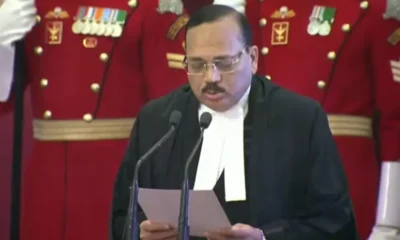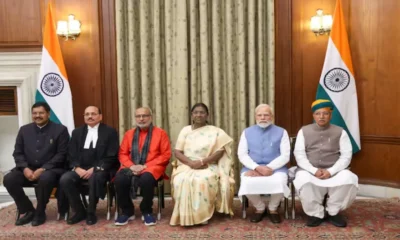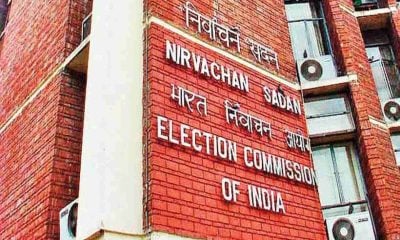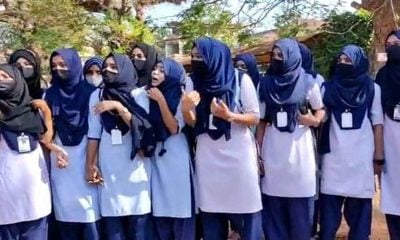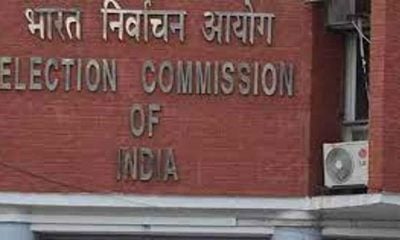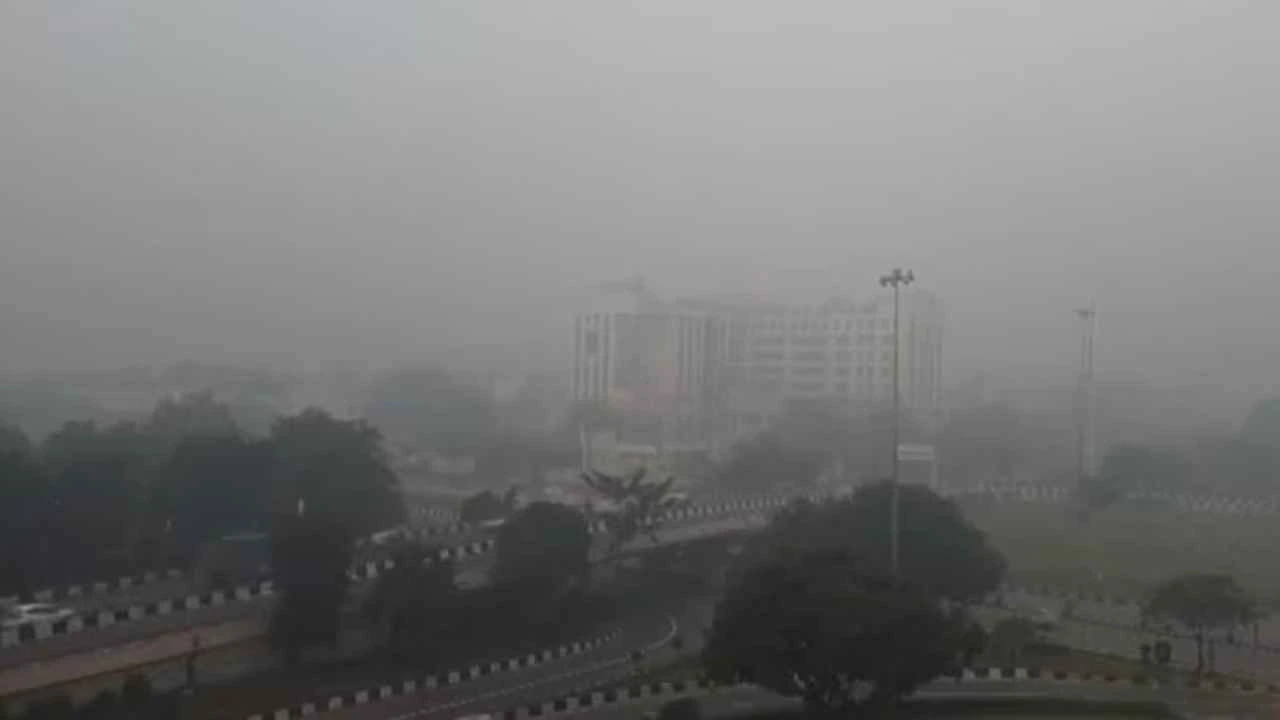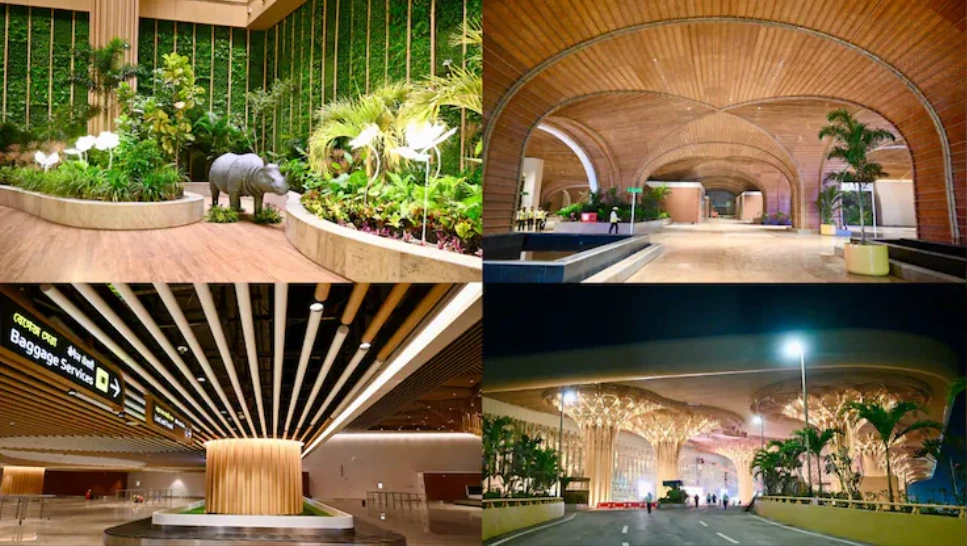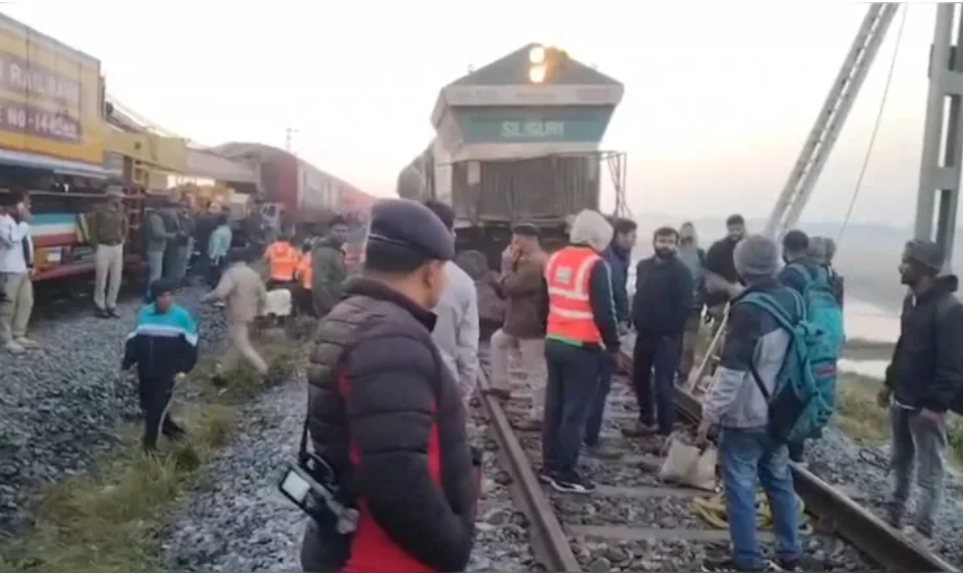India News
Justice Sanjiv Khanna takes oath as 51st Chief Justice of India
Justice Sanjiv Khanna’s name was recommended by Justice DY Chandrachud, who retired from the post on November 10 at the age of 65.
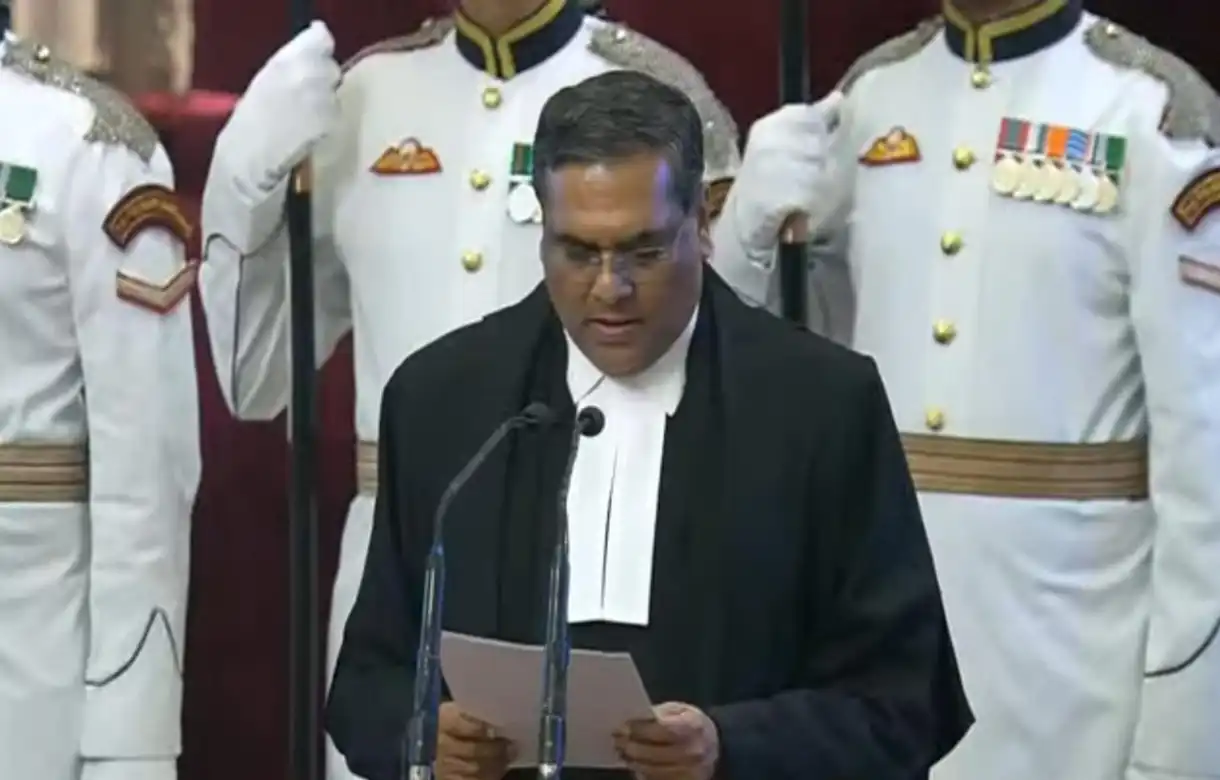
India News
Thick smog engulfs Delhi, flights and trains delayed as air quality slips to very poor
Delhi remained under a thick smog cover as air quality dipped into the very poor category, causing delays in flights and train services due to low visibility.
India News
PM Modi inaugurates India’s first nature-themed airport terminal in Assam
Prime Minister Narendra Modi inaugurates the new nature-themed terminal at Guwahati airport, the largest in Northeast India, built around bamboo, orchids and regional heritage.
India News
Assam train accident: Eight elephants killed after Rajdhani Express derailment in Hojai
Eight elephants were killed after the Rajdhani Express collided with a herd in Assam’s Hojai district, causing multiple coaches to derail and disrupting train services.
-
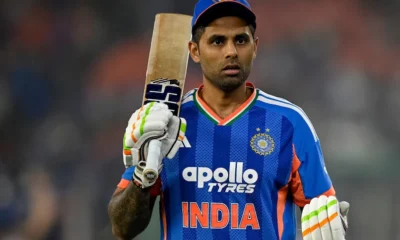
 Cricket news21 hours ago
Cricket news21 hours agoIndia vs South Africa 5th T20I: Samson shines with 37 as India push on after Gill injury
-
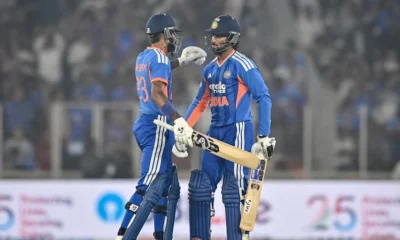
 Cricket news20 hours ago
Cricket news20 hours agoIndia vs South Africa 5th T20I: Tilak Varma, Hardik Pandya power India past 230 in Ahmedabad
-
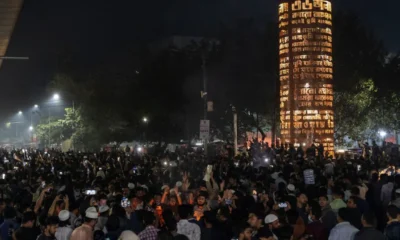
 Latest world news23 hours ago
Latest world news23 hours agoHindu man lynched and set on fire in Bangladesh during anti-India protests
-

 Entertainment21 hours ago
Entertainment21 hours agoOTT and theatrical releases this week: new films and series to watch from December 19 to 26
-
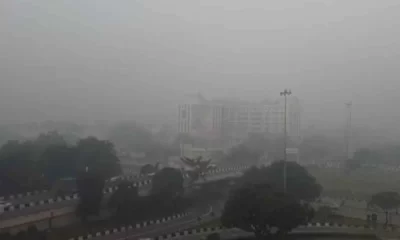
 India News7 hours ago
India News7 hours agoThick smog engulfs Delhi, flights and trains delayed as air quality slips to very poor
-

 Cricket news6 hours ago
Cricket news6 hours agoT20 World Cup 2026: Selectors weigh Shubman Gill role as India squad announcement awaited
-

 Entertainment22 hours ago
Entertainment22 hours agoBharti Singh, Haarsh Limbachiyaa welcome second child after she’s rushed to hospital mid-shoot
-
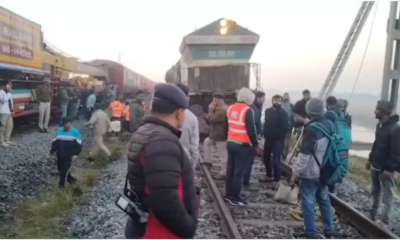
 India News8 hours ago
India News8 hours agoAssam train accident: Eight elephants killed after Rajdhani Express derailment in Hojai

